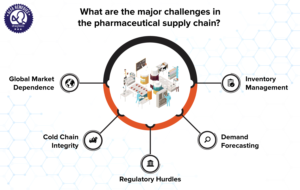Introduction

The pharmaceutical industry plays a vital role in global healthcare, but its manufacturing processes often come with a significant environmental burden. In recent years, there has been a growing emphasis on sustainability within pharmaceutical manufacturing. This article explores eco-friendly practices, waste reduction efforts, water conservation, evolving regulations, and emerging trends, all aimed at creating a greener and more responsible future.
Challenges in Pharma Manufacturing Sustainability

Pharmaceutical manufacturing faces environmental challenges related to high energy consumption, substantial waste generation, and intensive water usage. The industry’s carbon footprint contributes to climate change. Energy-intensive processes and waste streams underscore the need for sustainable practices. Addressing these challenges is crucial for mitigating the industry’s environmental impact.
Green Practices and Innovations

Pharma manufacturers are integrating renewable energy sources like solar and wind power into their facilities, shifting toward cleaner alternatives. Energy-efficient technologies optimize consumption throughout the production cycle. Sustainable packaging materials also reduce ecological impact.
Waste Reduction and Circular Economy

Companies focus on minimizing waste generation by optimizing production processes and embracing circular economy principles. Recycling and reusing materials play a pivotal role in reducing environmental impact.
Conclusion
The pharmaceutical industry is actively charting a more environmentally conscious course by adopting green practices. By tackling environmental challenges, implementing sustainable solutions, and prioritizing waste reduction, it strives for a net-zero carbon footprint. Investing in research for greener alternatives throughout the pharmaceutical lifecycle is crucial.

